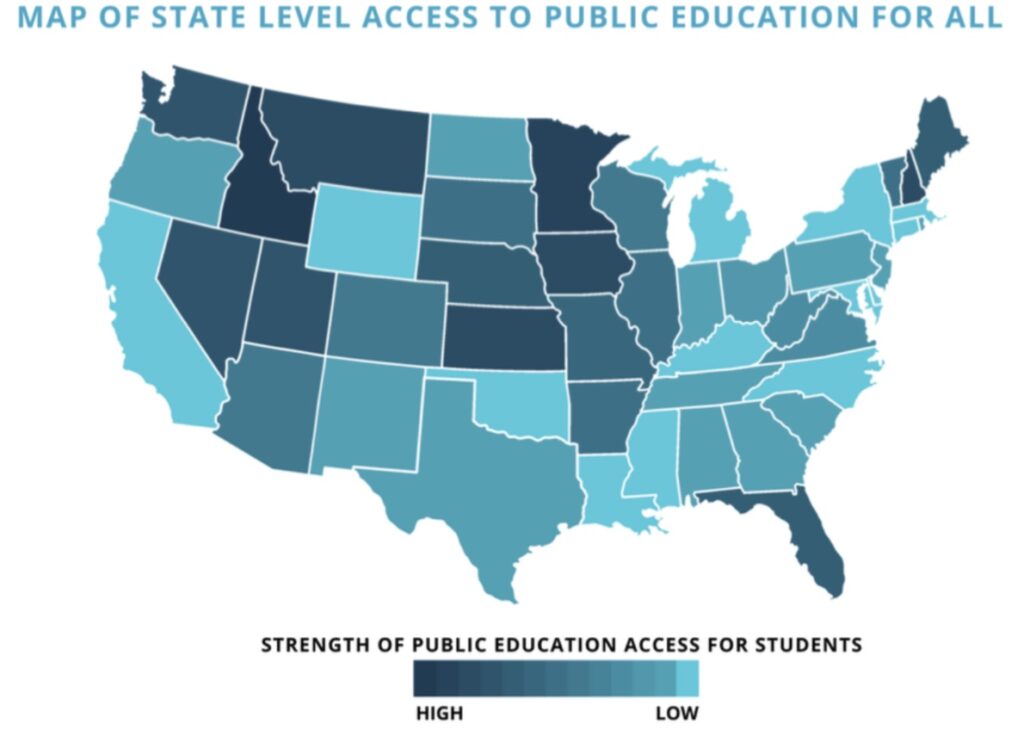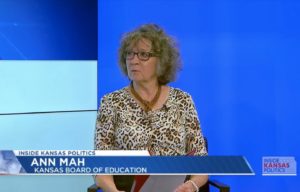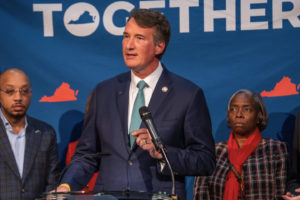States should make public education more accessible through flexible, open enrollment
Earlier this year, President Joe Biden claimed he wanted “every kid, in every zip code, in every state [to] have access to every education opportunity possible.”
But public schools – the…

Earlier this year, President Joe Biden claimed he wanted “every kid, in every zip code, in every state [to] have access to every education opportunity possible.”
But public schools – the Democrats’ ideal of equally accessible education – aren’t truly accessible.
Researchers from yes. every kid., a “families-first” education advocacy group, argue that public schools won’t be truly public until everyone can access their services, even those in private schools or homeschools.
Unlike every other type of government service, government education forces families into an all-or-nothing membership, instead of “allowing students enrolled in any form of school – including, private, home, or public – to attend any public school on a course-by-course basis for instruction, sports, or clubs,” as yes. every kid. recommends.
It’s the equivalent of prohibiting people who hold a library card from buying books at private bookstores. Or denying someone access to public transportation because they own a car.
Government services are there to serve, not exclude or monopolize, yet too many states don’t make their public schools truly accessible to the public.
According to yes. every kid.’s analysis, only 15 states require districts to allow nonpublic students access to public schools.

States with high levels of access include Idaho, Minnesota, Iowa, Kansas and New Hampshire. Those with the least accessible public schools include California, Georgia, Hawaii, New York and Oklahoma.
“States and districts should break down barriers to public education and not discriminate against students based on where they live or what type of school they attend for most of the week,” the researchers argue. “Families deserve the freedom to participate in educational options that best meet their children’s needs, just as they do with countless other public services.”
They argue that open access policies should be:
- Universal for all students;
- Mandatory for school districts;
- Include all courses and activities at the public school;
- Explicitly defined in state law;
- And not rely on the discretion of individual districts.
At the end of 2022, only 11 states had mandatory open enrollment policies and 17 states still have no school choice in any form.



